Jugendstil Art Nouveau Bridge
“Jugendstil Art Nouveau” Bridge Nr.2136 published by Piatnik, 1980.
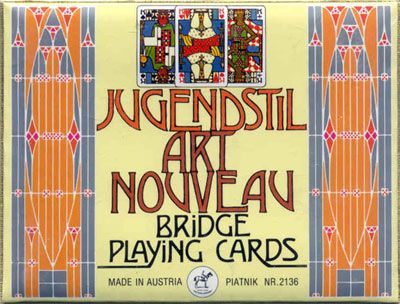
Jugendstil Art Nouveau Playing Cards were first released as a 54-card “Tarock No.1” by Joseph Glanz & Albert Berger in 1906, including 22 trump cards. The set was designed by Ditha Moser in Jugendstil style – the German equivalent of Art Nouveau with its preference for straight lines and simple geometrical forms which in this case resemble stained glass windows. Piatnik re-printed the 12 court cards with a full set of number cards as “Jugendstil Art Nouveau Bridge Nr.2136” in 1980. The Hearts court cards are dressed in Louis XVI period fashion, the Clubs courts appear as crusading knights (German Chivalry), the Diamond court cards are clad in ancient Egyptian style and Spades are inspired by the Edda sagas (Byzantium/early Christendom).

Above: “Jugendstil Art Nouveau Bridge Nr.2136” published by Piatnik, 1980. Both decks (blue and red backs) consist of 52 playing cards and 3 Jokers. The Joker is the Fool card from the original 1906 Tarock deck depicting a jester holding a puppet and a curved sword. Images courtesy Rex Pitts.
The original deck was also re-printed by Piatnik as "Jugendstil Tarock", in which all the trump cards depict toy wooden soldiers in a variety of events. The four Knaves are shown below, which of course are missing from the bridge deck.

Above: four Knights from “Jugendstil Art Nouveau” tarock designed by Ditha Moser. Image courtesy Adam West-Watson.
By Rex Pitts (1940-2021)
United Kingdom • Member since January 30, 2009
Rex's main interest was in card games, because, he said, they were cheap and easy to get hold of in his early days of collecting. He is well known for his extensive knowledge of Pepys games and his book is on the bookshelves of many.
His other interest was non-standard playing cards. He also had collections of sheet music, music CDs, models of London buses, London Transport timetables and maps and other objects that intrigued him.
Rex had a chequered career at school. He was expelled twice, on one occasion for smoking! Despite this he trained as a radio engineer and worked for the BBC in the World Service.
Later he moved into sales and worked for a firm that made all kinds of packaging, a job he enjoyed until his retirement. He became an expert on boxes and would always investigate those that held his cards. He could always recognize a box made for Pepys, which were the same as those of Alf Cooke’s Universal Playing Card Company, who printed the card games. This interest changed into an ability to make and mend boxes, which he did with great dexterity. He loved this kind of handicraft work.
His dexterity of hand and eye soon led to his making card games of his own design. He spent hours and hours carefully cutting them out and colouring them by hand.

Leave a Reply
Your Name
Just nowRelated Articles

Whist by Ditha Moser
Ditha Moser created this minimalist Whist deck in 1905, in the style of the Vienna Secession art mov...
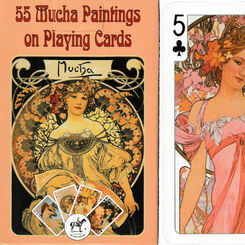
55 Mucha Paintings on Playing Cards
Fully illustrated pack featuring a large selection of Mucha’s works.

Liberty
Liberty playing cards designed by Antonella Castelli, published by Lo Scarabeo, 2003.

Baby Dolls
Baby Dolls pin-up deck designed by Willy Mayrl, published by Piatnik, 1957.

Tell Wilmoś
Facsimile of ‘Wilhelm Tell’ Hungarian deck by Salamon Antal, Keczkemét, 1860.

Goal Fußball Spielkarten
“Goal” Fußball Spielkarten manufactured by Ferd. Piatnik & Söhne Wien, c1930s.
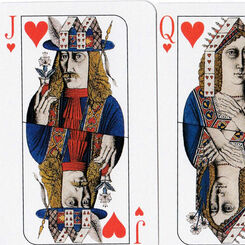
Cosmopolitan № 2121 playing cards
“Cosmopolitan” № 2121 playing cards designed by Russian artist Valeri Mishin, 1996
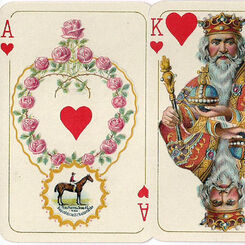
Baroque No.2118
“Baroque” by Ferd Piatnik & Sons, Vienna, reflecting a bygone era of fashion.
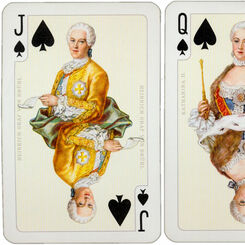
Rococo No.2130
Piatnik: Rococo No.2130 playing cards designed by Prof. Kuno Hock, c.1975

Blue Playing Cards
“Blue Playing Cards” by Piatnik, 1960s, inspired by the Cubism art movement in which objects are ana...
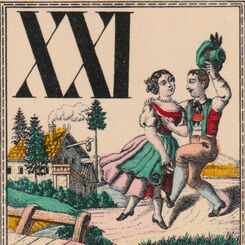
Tarok c.1900
Piatnik & Söhne “Industrie und Glück” Tarok c.1905-1910.

Shakespeare by Piatnik
‘Shakespeare’ playing cards by Piatnik designed by the British actor Donald Burton.

Bjørn Wiinblad
Bjørn Wiinblad (1918-2006) was a Danish painter, designer and ceramics artist.

Jugendstil Tarock
‘Jugendstil Tarock’ was designed by Ditha Moser and first published by Albert Berger and Josef Glanz...
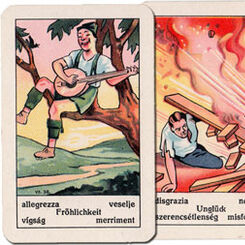
Art Deco Gypsy Oracle
Art Deco fortune telling deck published by Piatnik, 1936.

Löschenkohl’s Musical Playing Cards
Johann Hieronymus Löschenkohl (1753-1807) produced a copper engraved deck of playing cards titled “D...

Karl Korab (Ed. Hilger)
Karl Korab was born in 1937 in Falkenstein (Lower Austria), the son of a forester. As a child he exp...
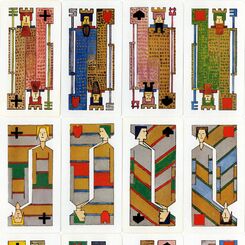
Arnold Schönberg
In around 1909 he created three sets of playing cards. His inventiveness was driven by a passion for...

Waisenfond
Intended to attract donations on behalf of the Imperial Royal Austrian Military Widows’ and Orphans’...

Cashmere
Bernhard Altmann is from the “The House of Cashmere” and these playing cards honour their best known...
Most Popular
Our top articles from the past 60 days


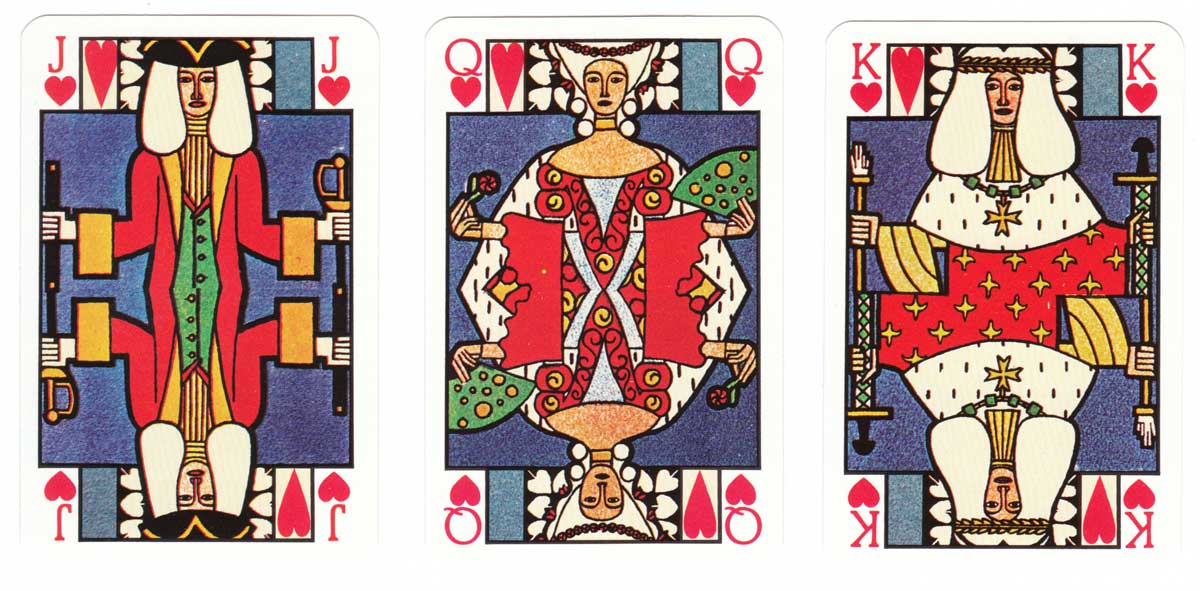
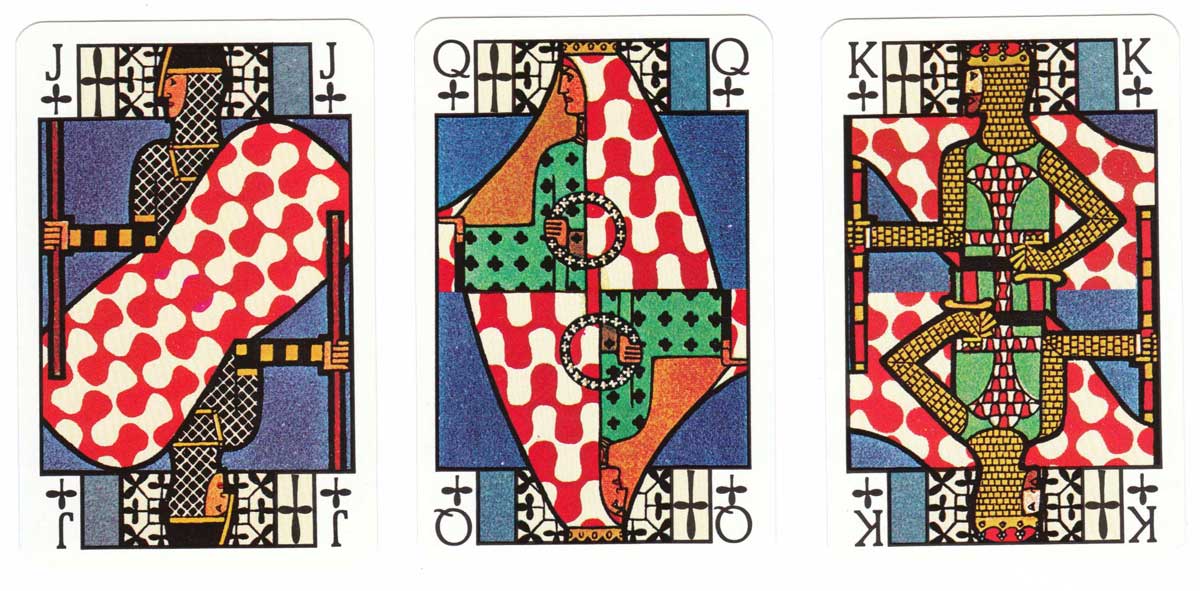
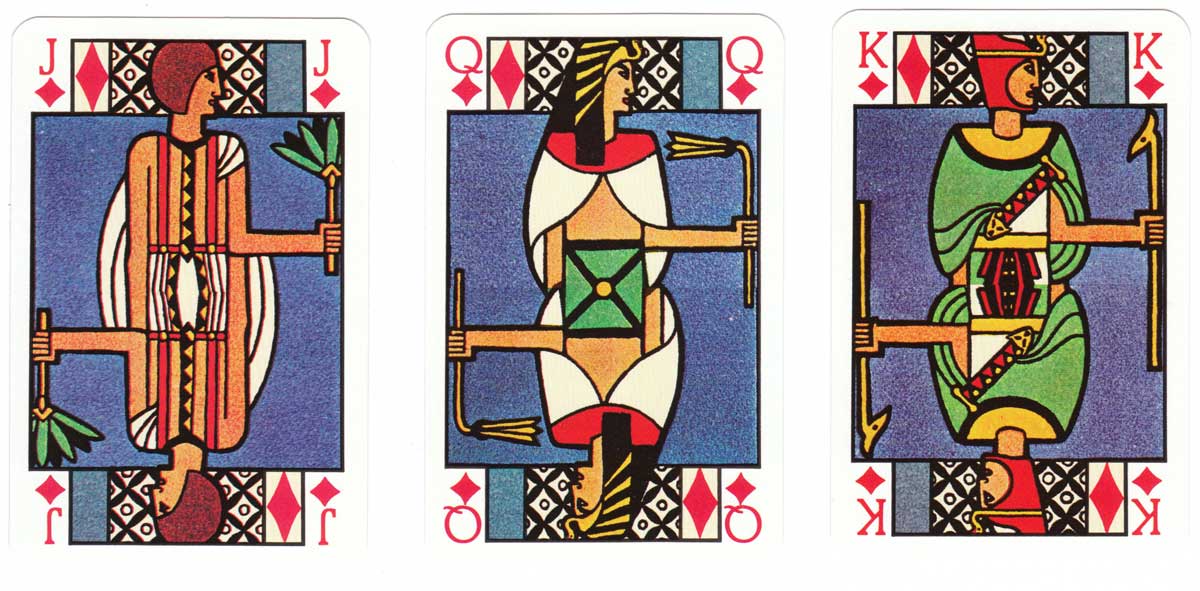
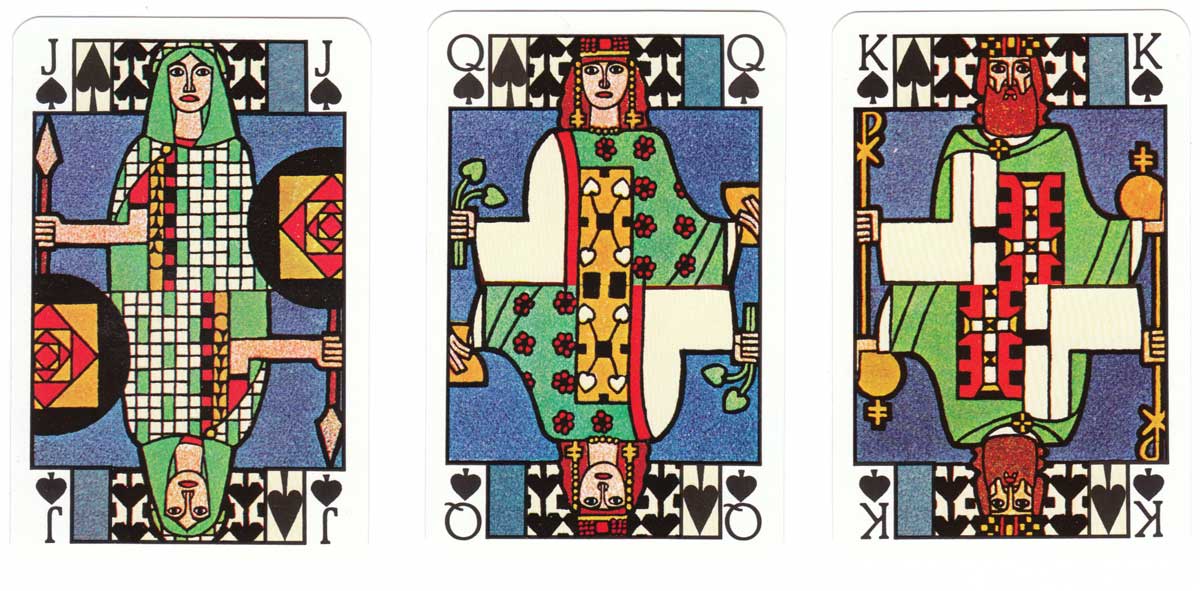
 Your comment here. Your comment here. Your comment here. Your comment here. Your comment here. Your comment here. Your comment here. Your comment here. Your comment here. Your comment here. Your comment here. Your comment here. Your comment here. Your comment here. Your comment here. Your comment here. Your comment here. Your comment here. Your comment here. Your comment here. Your comment here. Your comment here. Your comment here. Your comment here. Your comment here. Your comment here. Your comment here. Your comment here. Your comment here. Your comment here. Your comment here. Your comment here.
Your comment here. Your comment here. Your comment here. Your comment here. Your comment here. Your comment here. Your comment here. Your comment here. Your comment here. Your comment here. Your comment here. Your comment here. Your comment here. Your comment here. Your comment here. Your comment here. Your comment here. Your comment here. Your comment here. Your comment here. Your comment here. Your comment here. Your comment here. Your comment here. Your comment here. Your comment here. Your comment here. Your comment here. Your comment here. Your comment here. Your comment here. Your comment here.




















